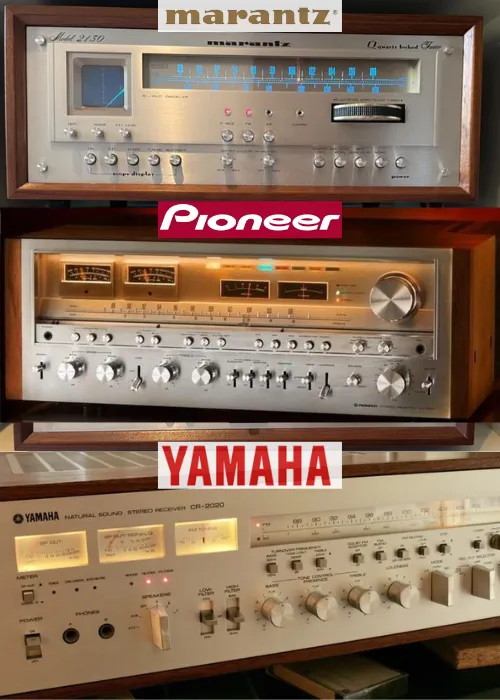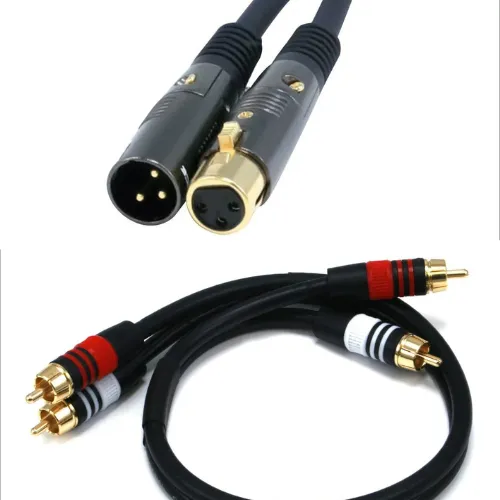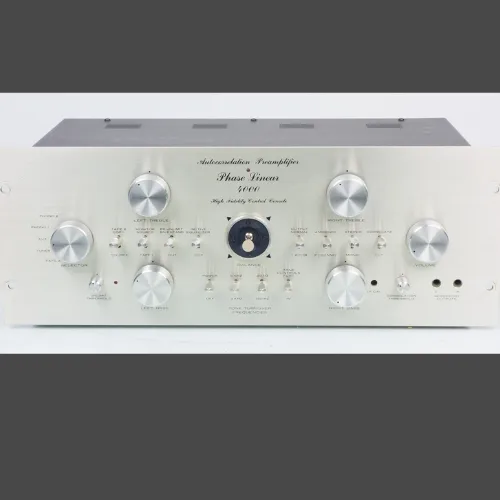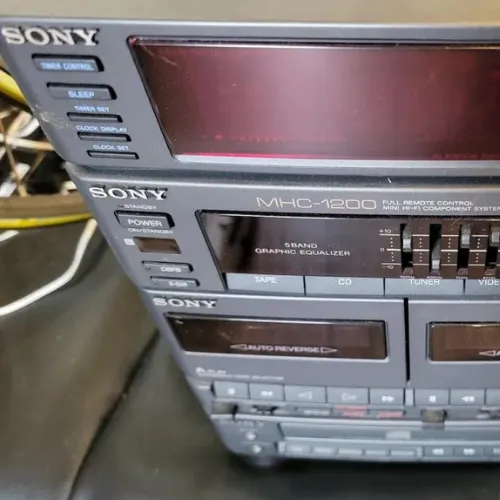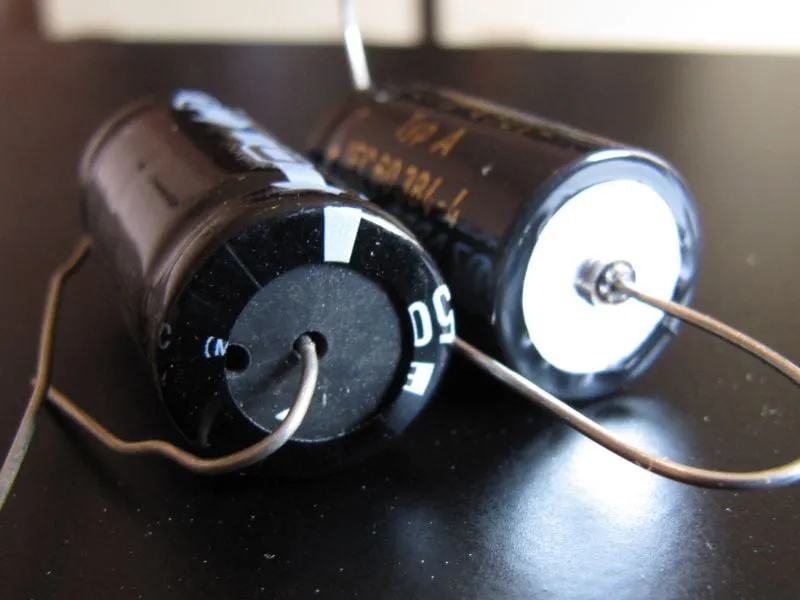Why Vintage Audio Equipment Troubles Audiophiles - Unveiling Solutions & Expert Tips
Ah, vintage audio equipment, a treasure trove of nostalgia and sonic delight. While these vintage gems can bring back memories of the good old days, they have their fair share of common problems. Allow me to shed some light on issues that audiophiles and collectors often encounter.
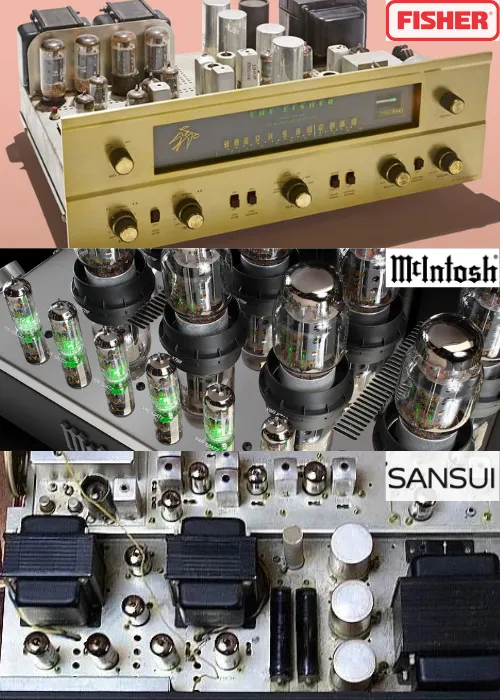
One of the most prevalent problems with vintage audio equipment is the natural wear and tear that comes with age. These marvels of craftsmanship were built to last, but over time, components can deteriorate, resulting in a decline in sound quality or even complete failure. Caps can become leaky, resistors can drift from their original values, and vacuum tubes may lose efficiency. This degradation can manifest as crackling, distortion, or loss of certain frequencies.
Another common hurdle vintage audio enthusiasts face is the lack of compatibility with modern technology. In an ever-evolving digital landscape, it's not surprising that vintage equipment may struggle to interface with contemporary devices. Connecting turntables, tape decks, or receivers to modern amplifiers, speakers, or streaming systems can be challenging due to differing connectors and signal levels. Adapters and converters may be required to bridge this gap, but the resulting sound may not be as pure as desired.
Finding replacement parts for vintage audio equipment can be like searching for a needle in a haystack. As technology advances and manufacturers cease production of older components, tracking down original parts becomes increasingly difficult. In some cases, it may be necessary to resort to aftermarket or refurbished parts, which can affect the authenticity and performance of the equipment. The resourcefulness of vintage audio enthusiasts is tested here as they hunt down elusive components to restore their beloved gear to its former glory.
Of course, age can present its own set of challenges. The passage of time can lead to issues such as oxidation of contacts, accumulation of dust and debris, and weakened solder joints. These factors can introduce unwanted noise, buzzing, or intermittent sound. Regular maintenance and cleaning can help mitigate these problems, but it takes a keen eye and a delicate touch to ensure the vintage equipment remains in optimal condition.
Now, let me share a personal anecdote to illustrate the passion and dedication of vintage audio enthusiasts. A friend of mine, a self-proclaimed "audiophile archaeologist," stumbled upon an abandoned storage unit filled with vintage audio equipment. Among the dusty crates and cobweb-covered speakers, he discovered a rare turntable from the 1960s, a true gem for any vinyl enthusiast. The turntable had seen better days, with a seized motor and a tonearm in dire need of adjustment. Undeterred by these challenges, my friend embarked on a painstaking restoration journey, sourcing original parts, meticulously cleaning every component, and delicately aligning the tonearm. Weeks of dedication paid off when he finally heard the warm, velvety sound that this vintage turntable was known for. It was a testament to the resilience of vintage audio equipment and the commitment of those who strive to keep these pieces of history alive.
In conclusion, while cherished for its unique character and timeless appeal, vintage audio equipment comes with its fair share of common problems. Component degradation, compatibility issues, scarcity of replacement parts, and age-related wear and tear can all pose challenges to the passionate collectors and audiophiles who hold these treasures dear. However, with technical know-how, resourcefulness, and a deep appreciation for audio art, these hurdles can be overcome, allowing the true essence of vintage sound to resonate once more.

